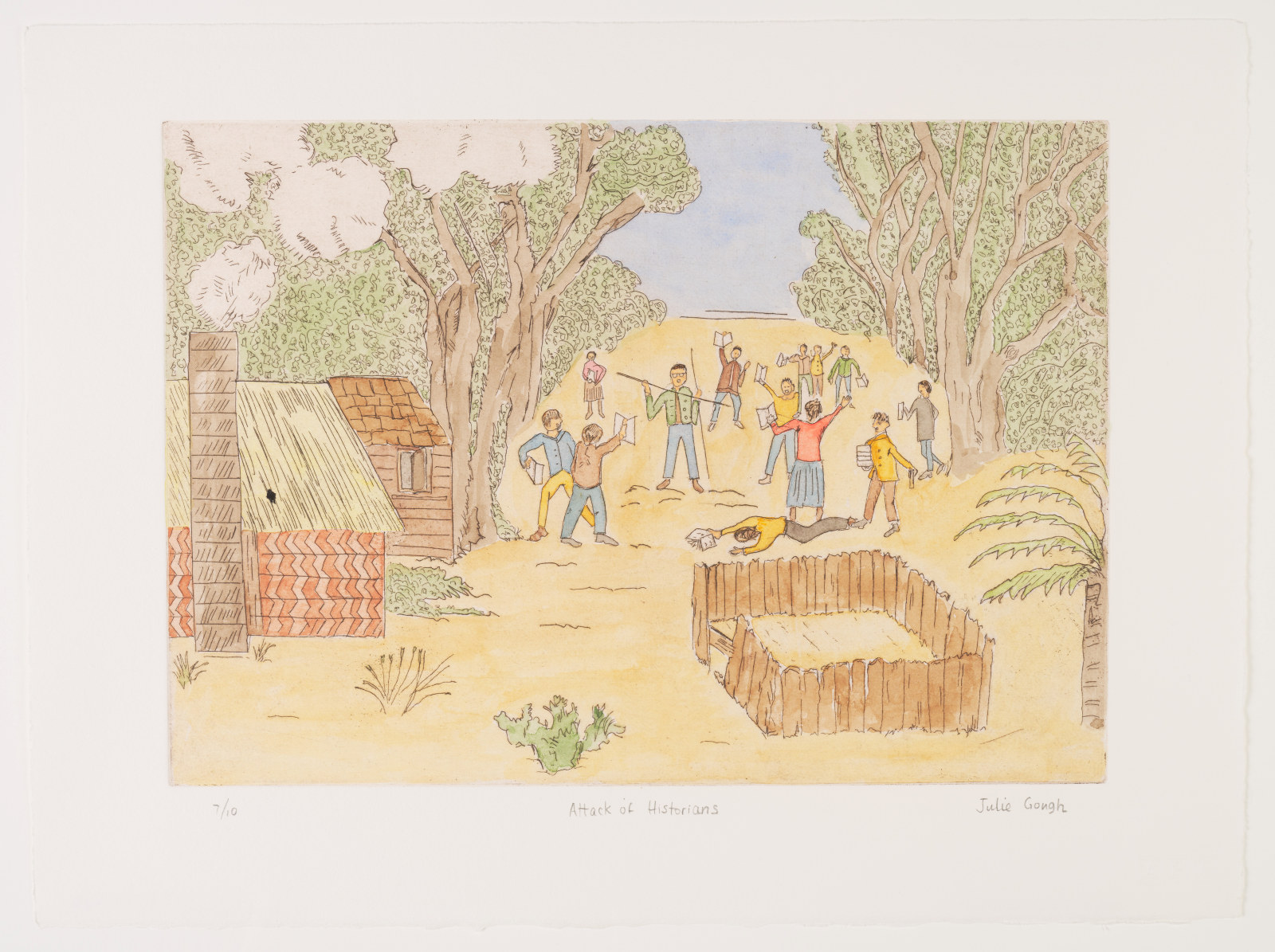First Nations stories
Read and reflect on First Nations history, culture and experience
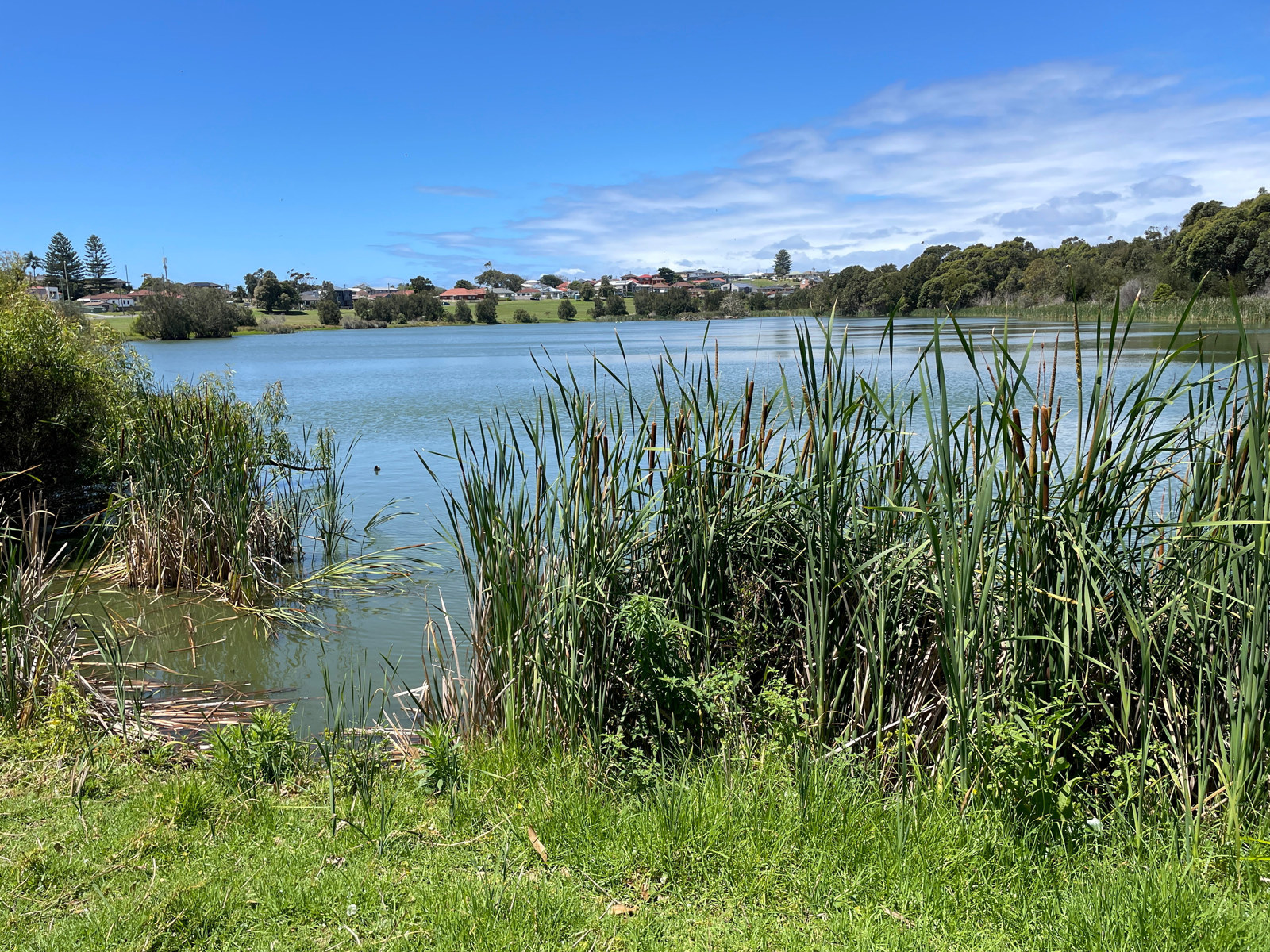
First Nations
Coomaditchie: The Art of Place
The works of the Coomaditchie artists speak of life in and around the settlement of Coomaditchie, its history, ecology and local Dreaming stories

First Nations
Day of Mourning
January 26 has long been a day of debate and civic action. Those who celebrate may be surprised of the date’s significance in NSW as a protest to the celebrations of the anniversary of the arrival of the First Fleet on what was then “Anniversary Day” in NSW
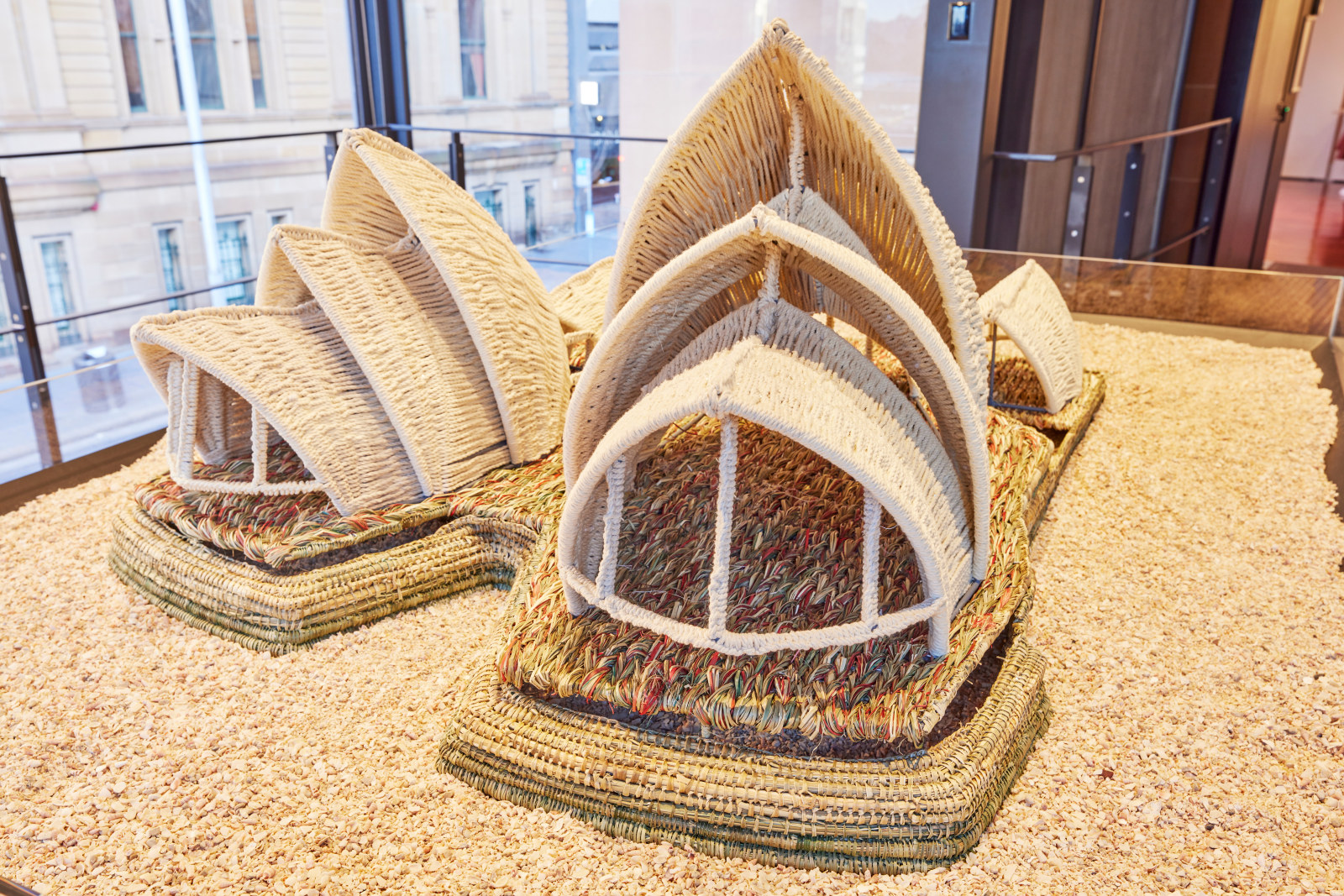
First Nations
How to weave an opera house
Inspired by a stunning shellworked model of the Sydney Opera House by Bidjigal artist Esme Timbery, First Nations curator Tess Allas commissioned a woven model of the iconic building from master weavers Steven Russell and Phyllis Stewart
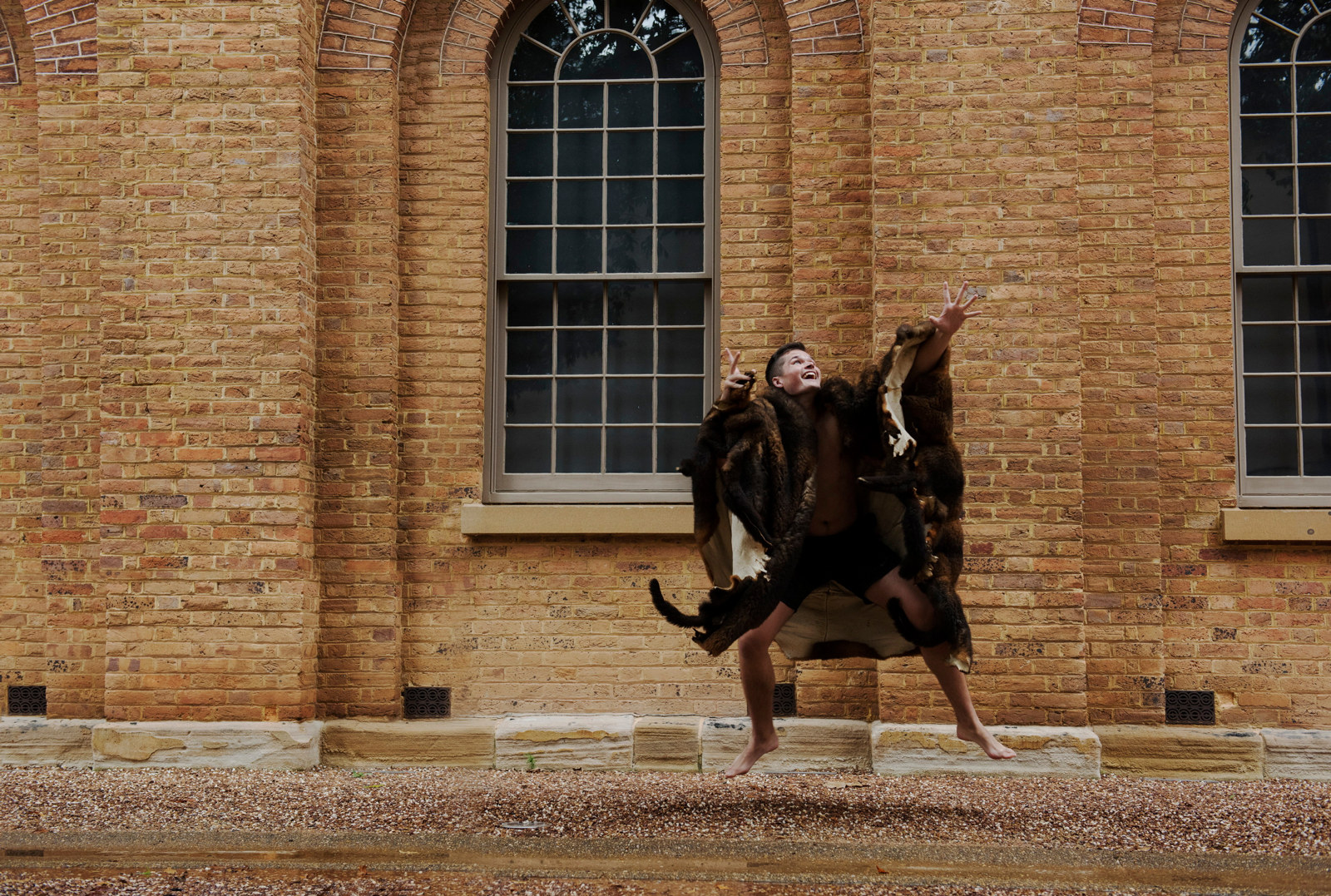
Cutter and Coota: a children’s play by Bruce Pascoe
Meet author and historian Bruce Pascoe and the main characters from his play Cutter and Coota as they reflect on the play’s themes and the experience of performing at the Hyde Park Barracks
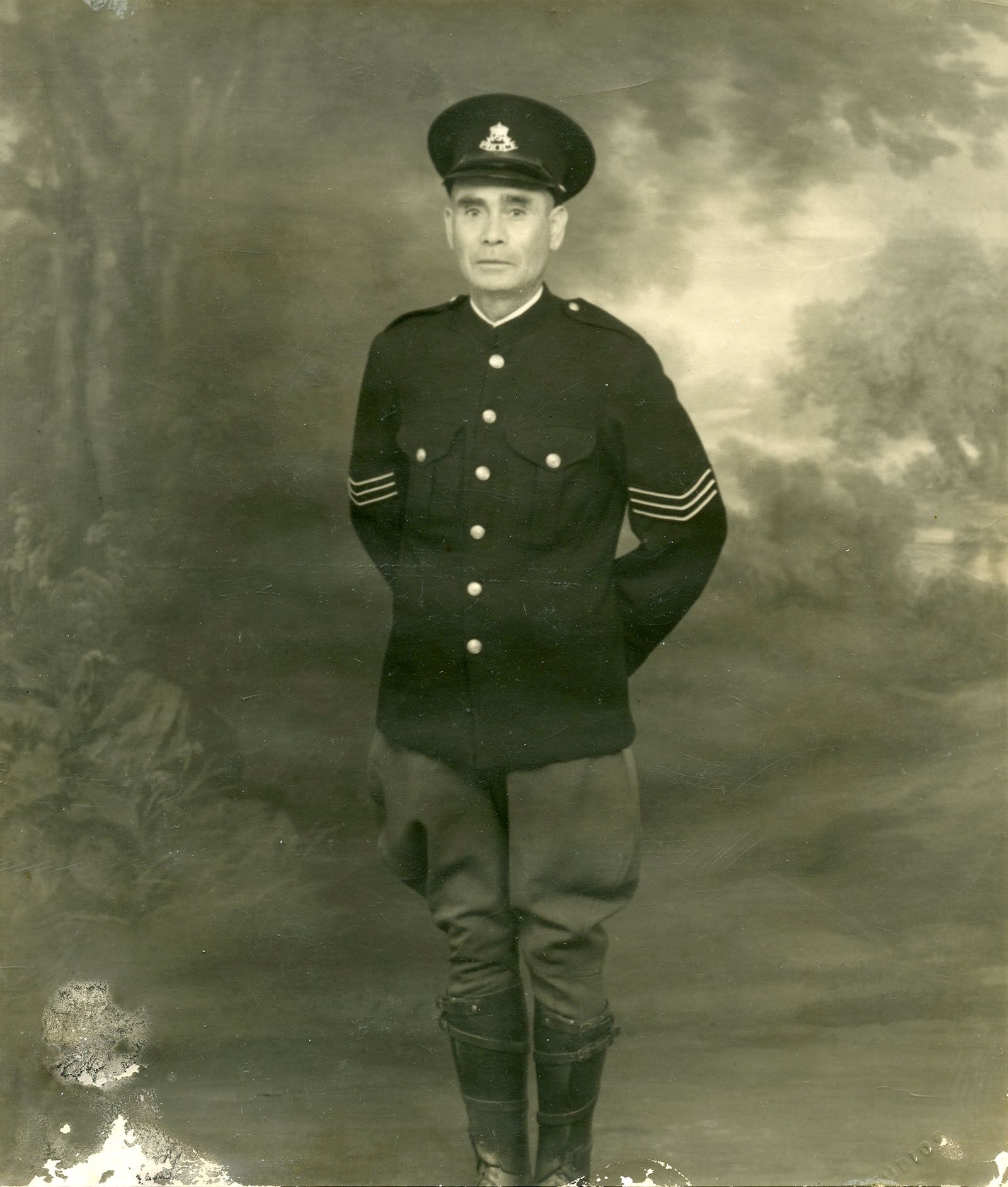
Alexander Riley, legendary Aboriginal police tracker
The remarkable talents of Aboriginal trackers who worked for NSW Police in the 20th century are featured in a display at the Justice & Police Museum
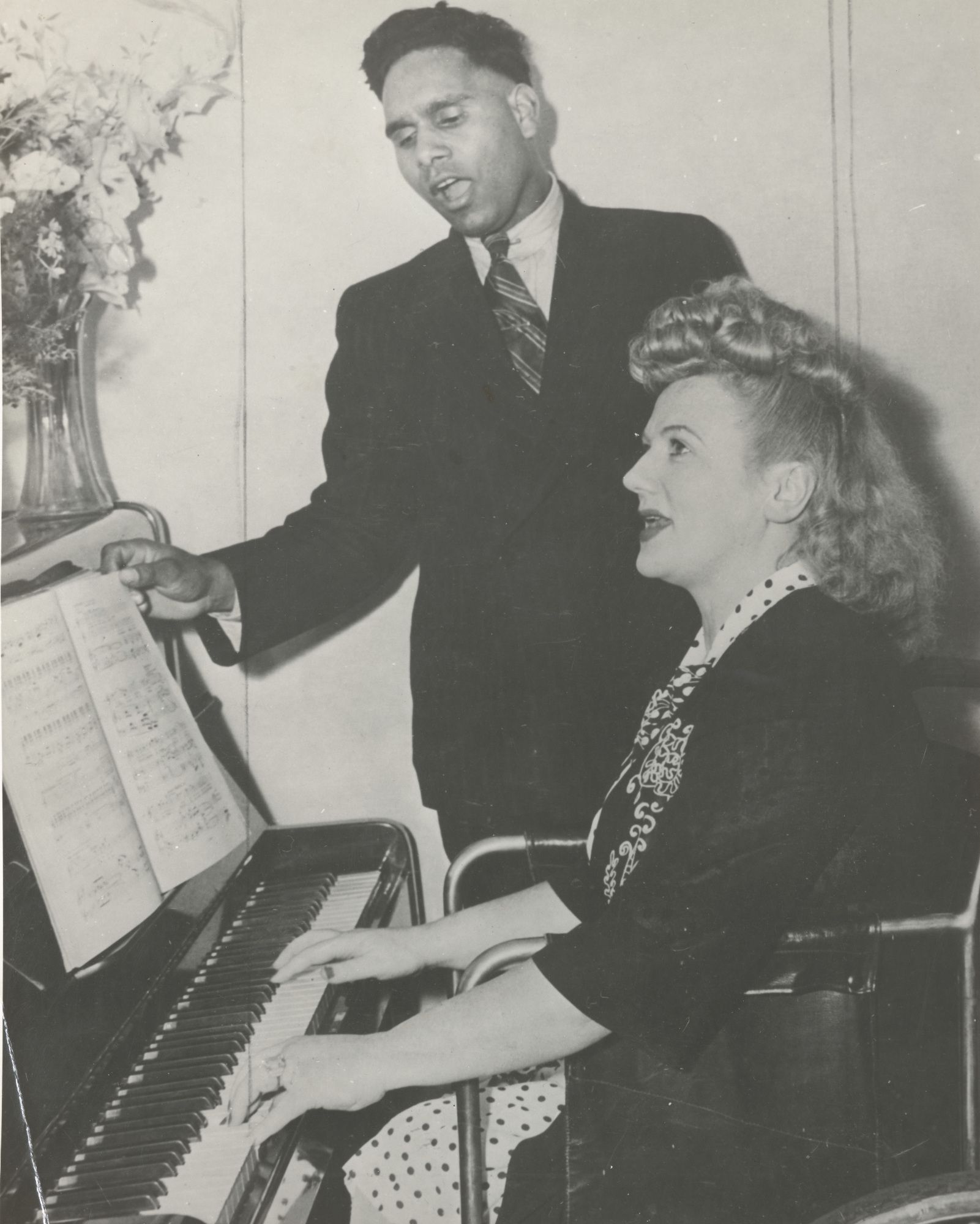
First Nations
Paving the way ... Harold Blair: The first Aboriginal opera singer
A short documentary that offers a glimpse into the life of Harold Blair, a world-renowned tenor, family man and political campaigner who sought social justice and human rights for Australia’s First Nations people

First Nations
Harold Blair, trailblazer
Wulli Wulli tenor Harold Blair AM was Australia’s first professionally trained Aboriginal opera singer
![Owner bound volume of assorted songs, in the collection of Rouse Hill House & Farm, 1850-1864. [music]](https://images.slm.com.au/fotoweb/embed/2023/10/d2e0918e22304feb90e19681abbaafec.jpg)
‘Gii, Gundhi (Hearts and Homes)’
A single song can have a thousand meanings depending on its interpreter. Yuwaalaraay storyteller and musician Nardi Simpson shares her version of a 19th-century parlour song
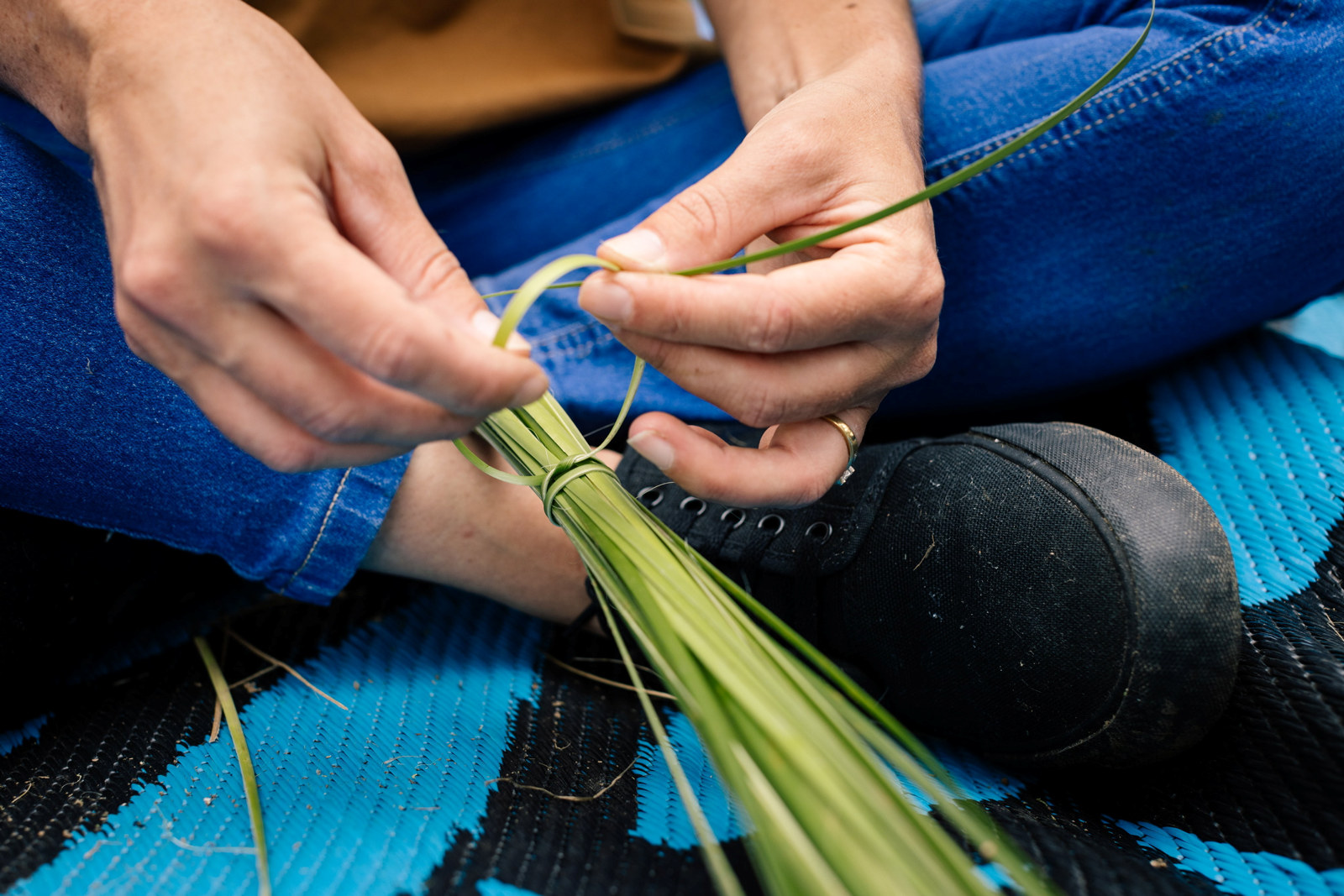
First Nations
Weaving their magic: Amy Hammond and Lorrelle Munro
We spoke to weavers Amy and Lorrelle, co-founders of Yinarr Maramali and weavers-in-residence at The Weaving Room in the Museum of Sydney
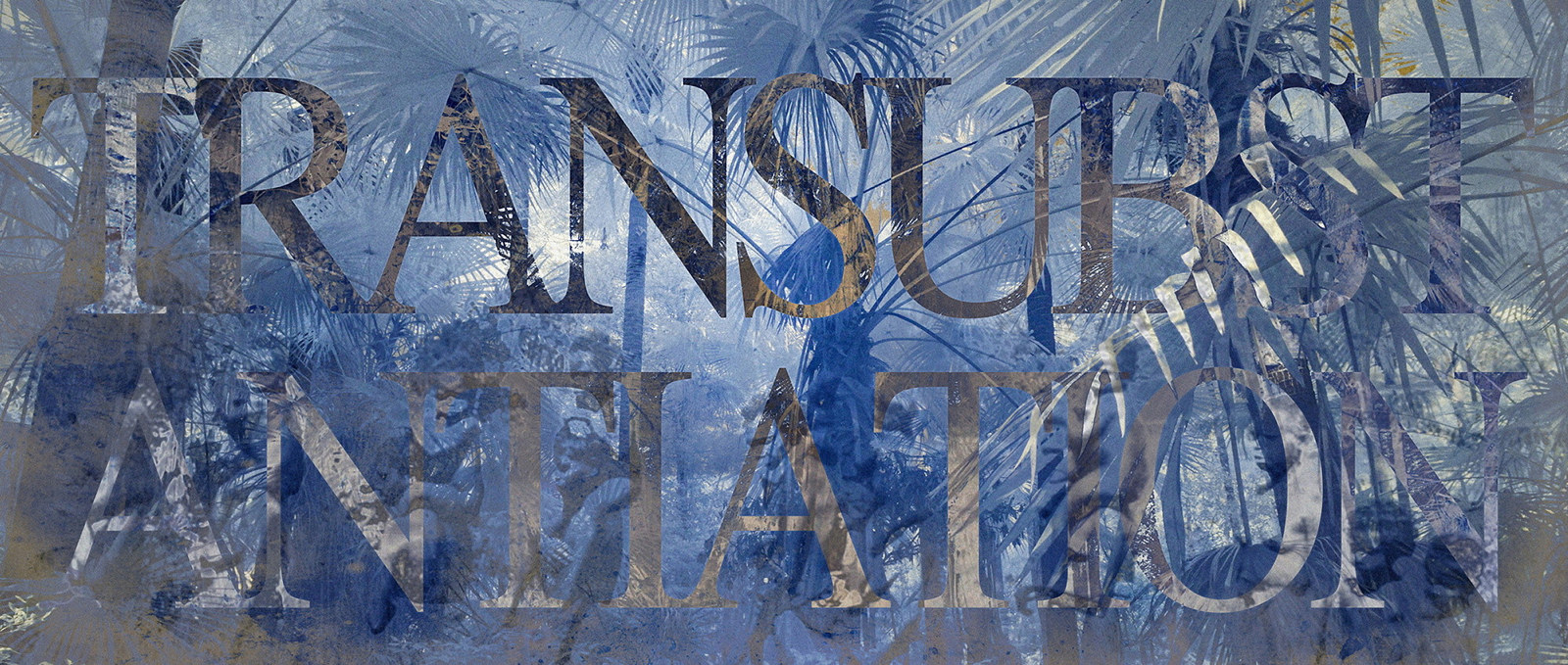
Transubstantiation by Danie Mellor
Transubstantiation explores the means by which the intended and purposeful use of land was changed during Australia’s early colonial history
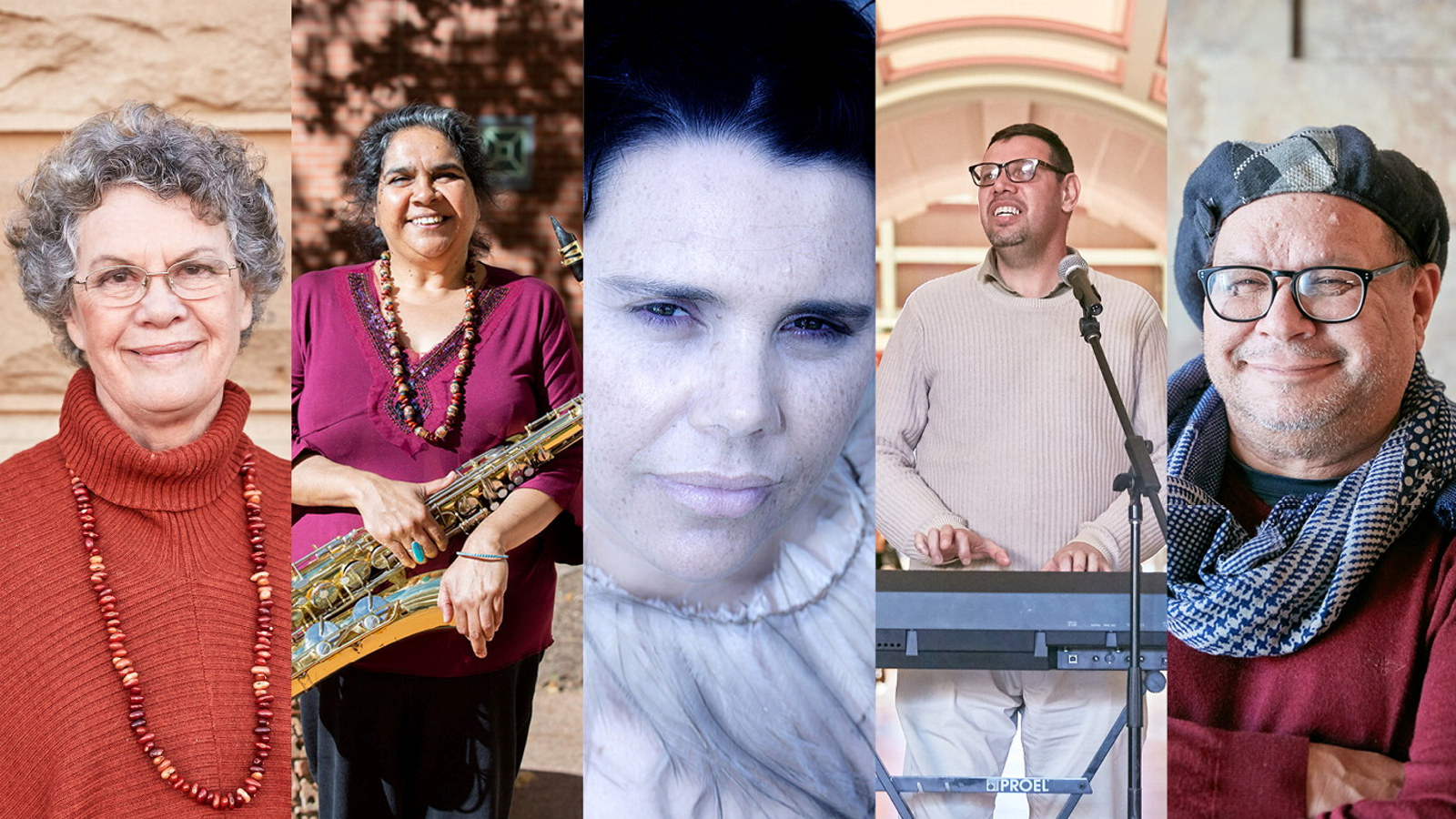
Songs of home
Contemporary First Peoples Composers
Australia holds one of the oldest living cultures in the world, and First Nations music making is the oldest continuing form of music making
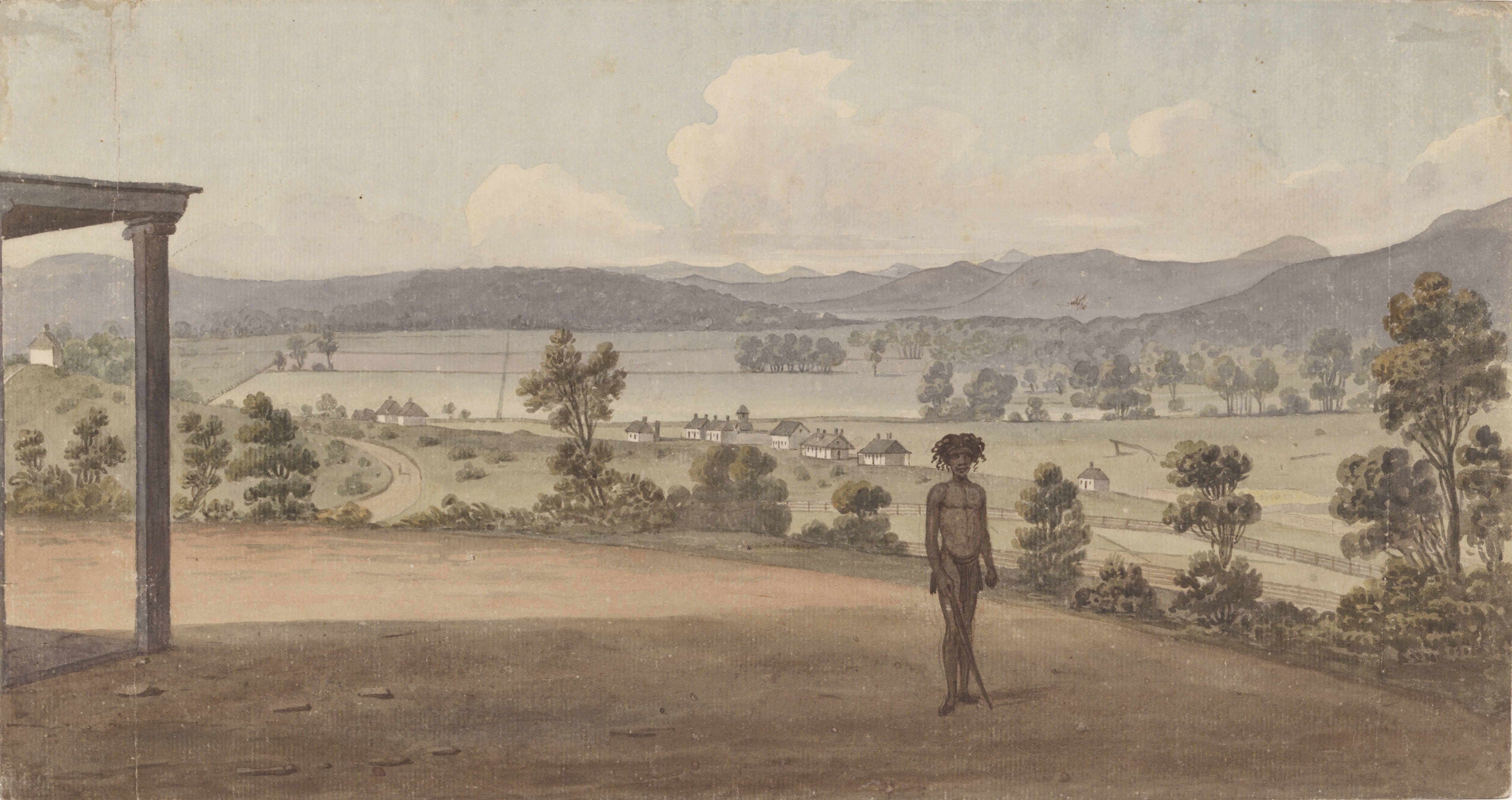
First Nations
To speak the unspoken
For Aboriginal people, the Hyde Park Barracks and the convict system it oversaw represent a very different ‘founding narrative’, one that needs to be told in Aboriginal voices

First Nations
A fisher woman of Warrane
Daringa’s short but fascinating life reflects the connection of coastal Aboriginal peoples to the water, and the key role played by women in the fishing economy
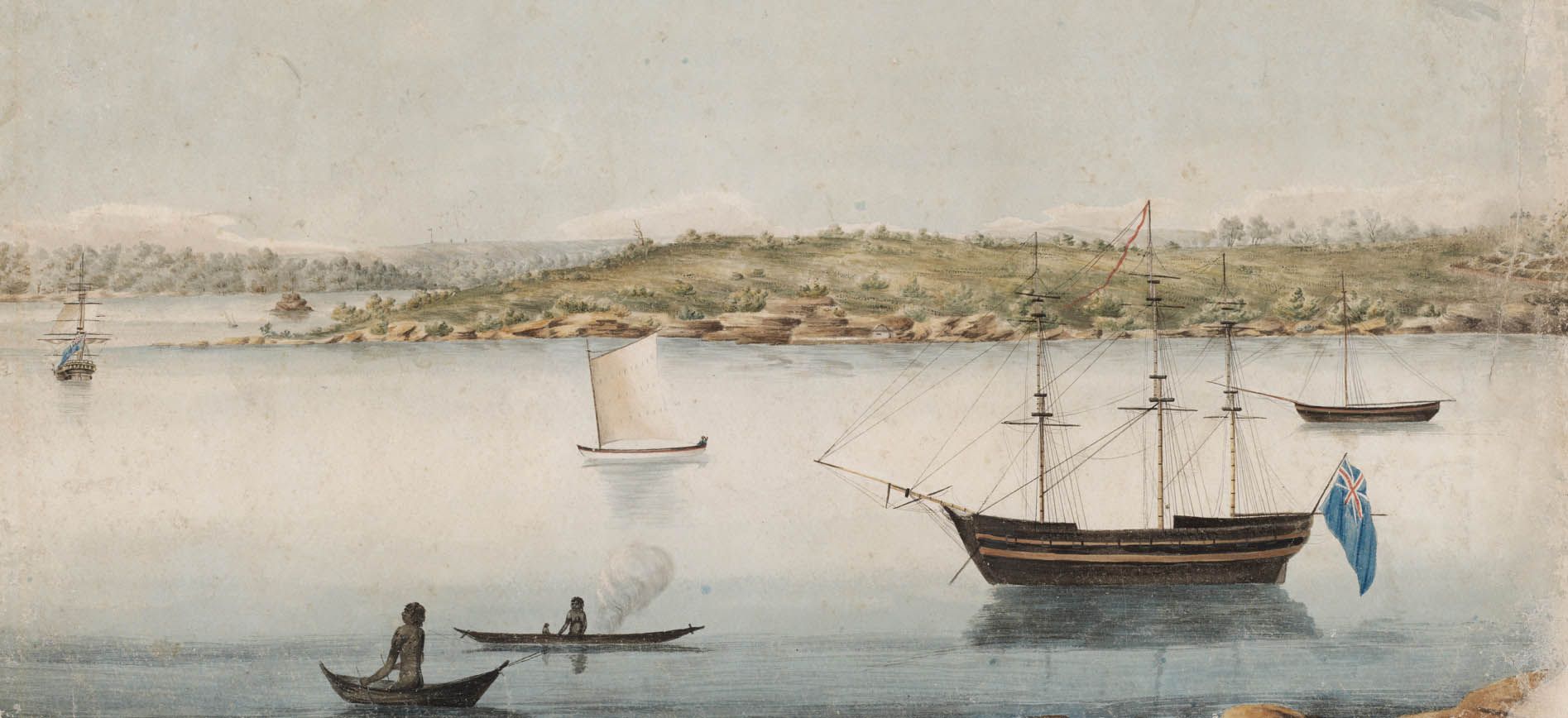
First Nations
The convict impact on Aboriginal people
Impacts of the convict system on Aboriginal Country and communities
![Pencil drawing of Bathurst 1818, Plans of Government Buildings at Bathurst, Main series of letters received [Colonial Secretary], 1788–1826.](https://cdn.sanity.io/images/zl9du87e/production/ec5b53147e75bdc6536c142340cae04b71adc992-3203x1998.jpg?fit=max&auto=format)
Convict farmer Antonio Roderigo and a ‘dastardly massacre’
A dispute over potatoes farmed by convict-settler Antonio Roderigo was one of many hostile events between colonists and Wiradyuri people that led to the Bathurst War of 1824
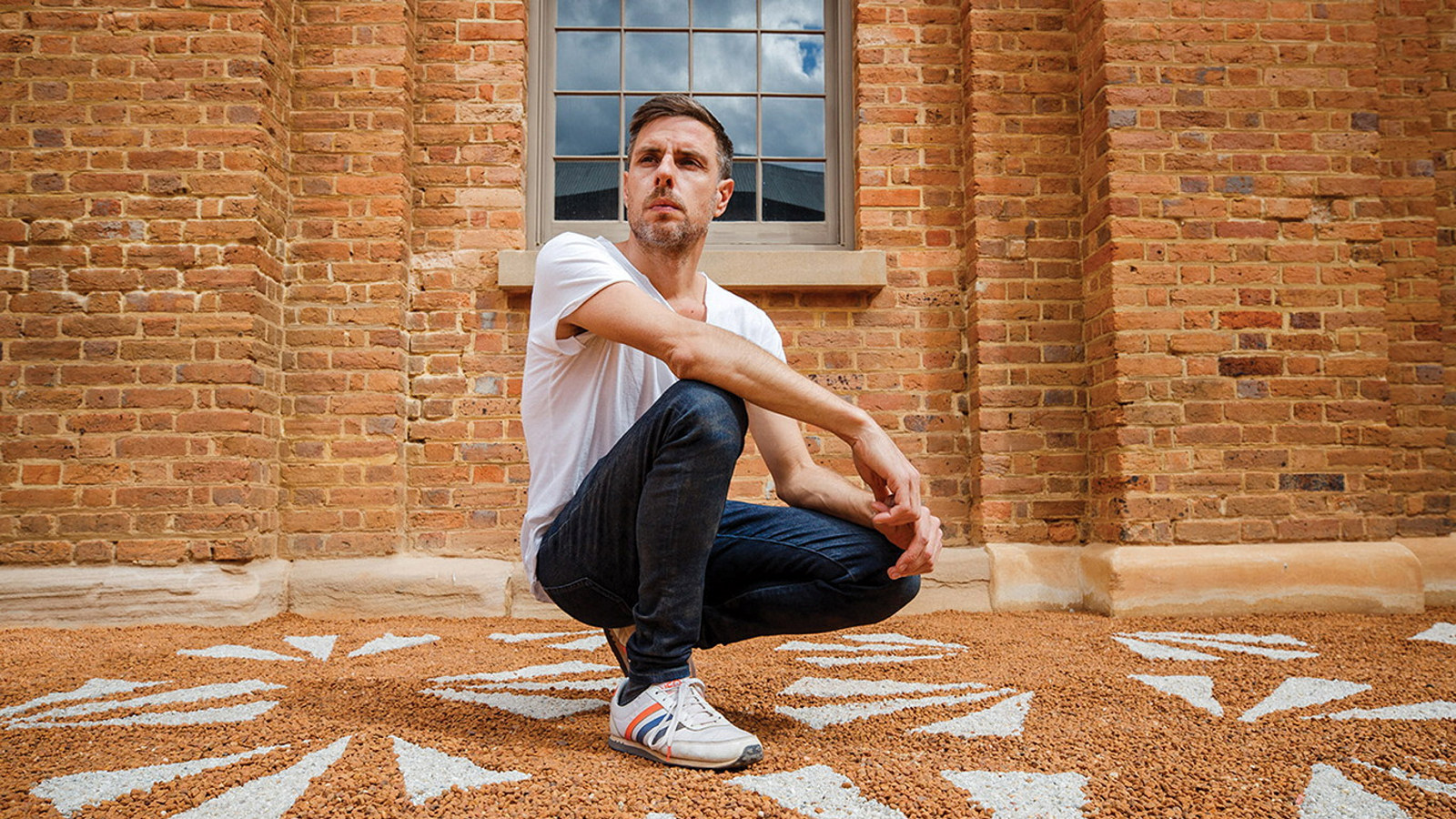
Q&A: Jonathan Jones
The artist’s major installation at the Hyde Park Barracks inspired visitors to consider the dual history of this important site

Cummeragunja Walk Off
The Cummeragunja Walk Off which began in February 1939 has been described as the first ever mass strike of Aboriginal people in Australia. It brought about changes to the Aborigines Protection Act of NSW
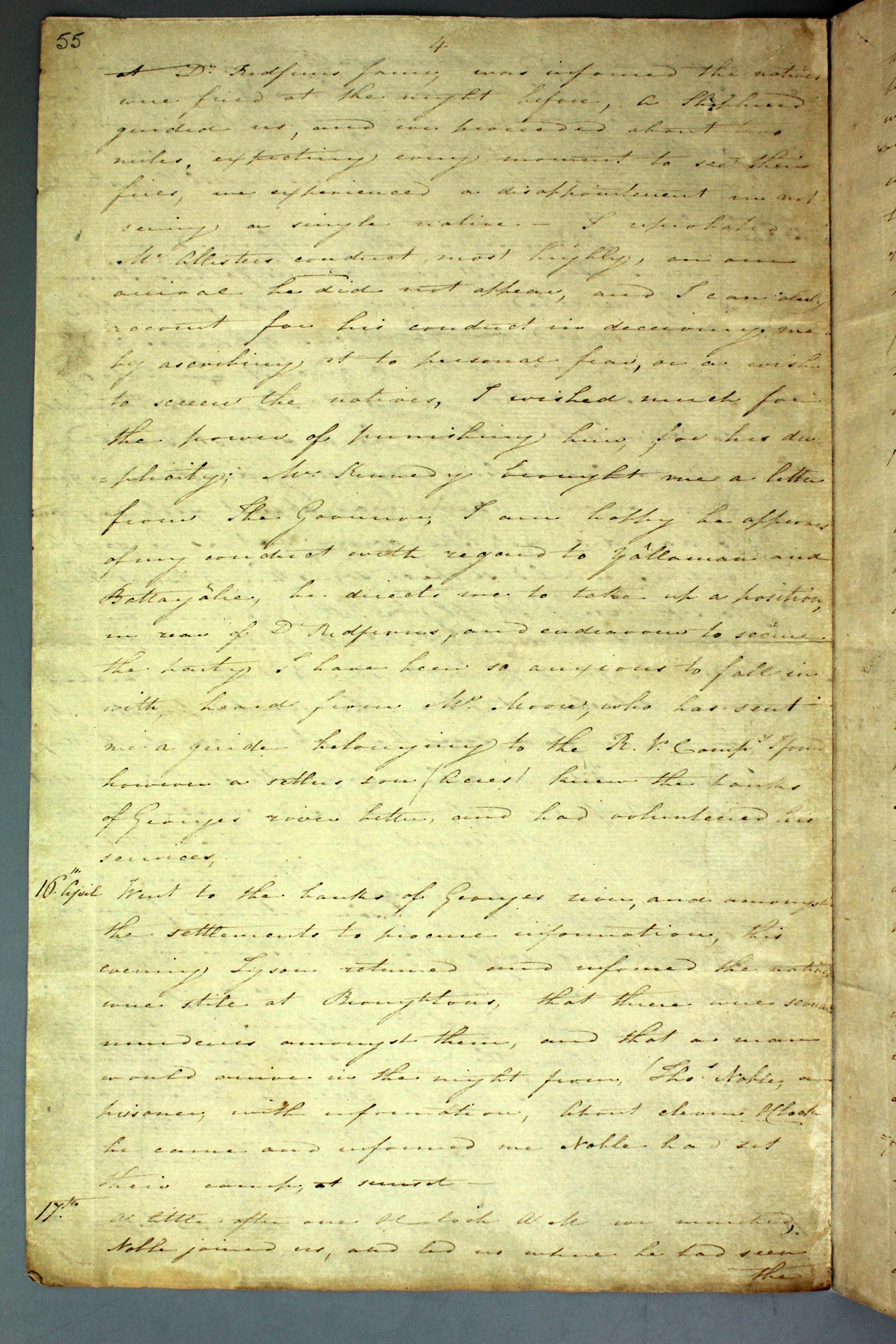
First Nations
Massacre at Appin, 17 April 1816
On the early morning of 17 April 1816 at least 14 people of the Dharawal tribe were killed when James Wallis’ detachment encountered a camp at Appin near the banks of the Cataract River
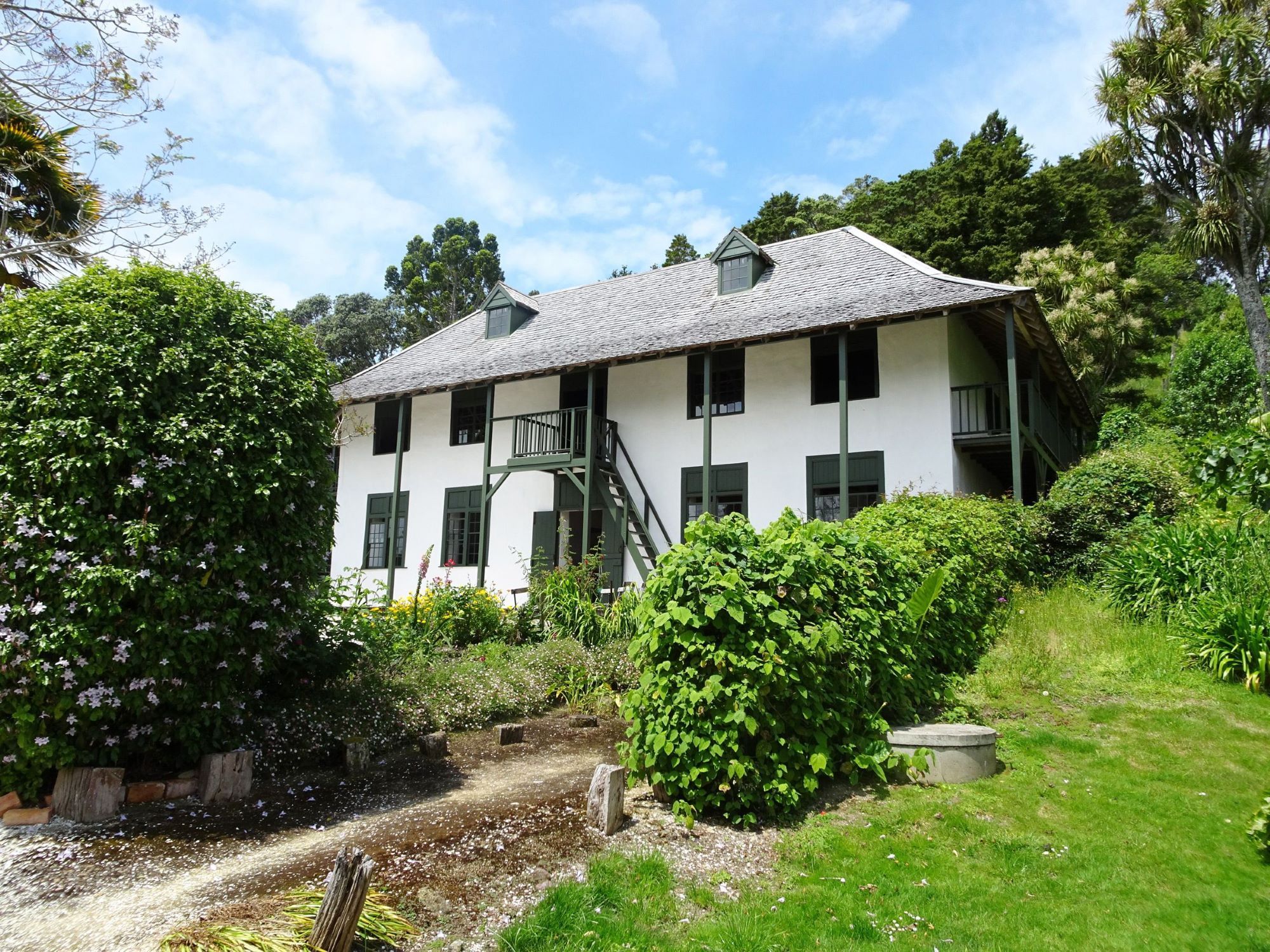
First Nations
Kia ora: compelling Kiwi stories
Telling authentic Indigenous stories from our sites with care is an important challenge
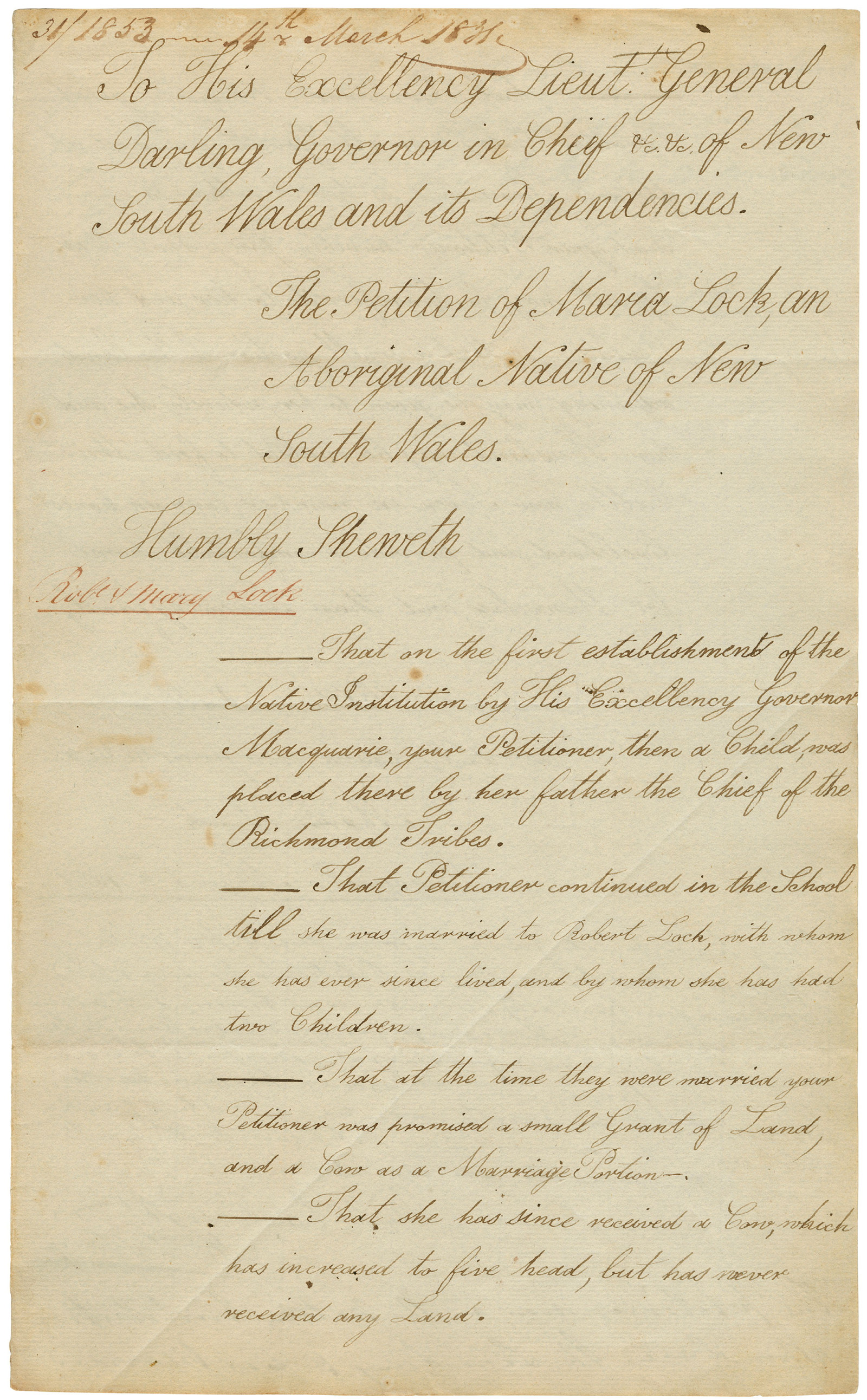
First Nations
Maria Lock’s 1831 petition
This extraordinary document is of great interest historically – and, as Dr Penny Stannard discovered, it also contains a moving connection to her own family that continues to resonate down the generations

First Nations Speaker Series
The First Nations Speaker Series is presented in collaboration with GML Heritage, The University of Sydney and the Research Centre for Deep History at the Australian National University
